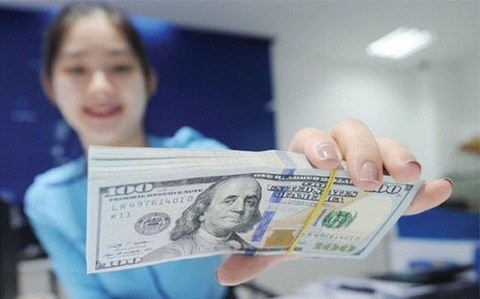VN firms post low working capital efficiency
Thursday, November 1,2018
AsemconnectVietnam - Viet Nam’s listed companies lag behind firms in most world regions in terms of working capital performance, the latest study of auditor PricewaterhouseCoopers (PwC) Vietnam has revealed.
The study is an analysis of the past four years that targets the largest 400 listed firms by revenue across 14 sectors on both the Ho Chi Minh Stock Exchange and the Ha Noi Stock Exchange.
Masan successfully disbursed Phase 1 of USD650 million syndicated loan
Viettel Global (VGI)'s consolidated revenue exceeded USD1 billion, pre-tax profit over VND3,000 billion in 2022
Gelex (GEX) sets a profit target of nearly VND1,300 billion in 2023
VIX Securities (VIX) expected to increase profit after tax by 73.1% to VND540 billion in 2023
VietinBank Securities (CTS) sets a profit target of more than VND230 billion in 2023, paying 10% dividend
Thai Nguyen International Hospital (TNH) sets a profit after tax plan of VND150 billion in 2023
Lienvietpostbank's own path for 15 years
PVMachino (PVM) divested from Nippon Seiki for over VND149 billion
SSI Research revised down forecast PV Gas’s revenue and net profit in 2023
Petrosetco's profit (PET) decreased by 50% to VND35 billion in the first 2 months of 2023
GC Food (GCF) target VND523 billion revenue in 2023
Mobile World (MWG): Revenue of Mobile World and Dien May Xanh chains down 32% in the first 2 months of 2023
SHS Securities reported a profit of VND197.2 billion in 2022 after the audit
IDI Multinational Development and Investment (IDI): Profit expected down 66.7% to VND186 billion in 2023

Plan on implementing Decision No. 327/QD-TTG dated March ...
Concretize viewpoints, objectives, tasks and solutions of the plan in accordance with practical conditions of the locality, associating ...Plan on implementing national environmental protection ...
Implementation plan of marine aquaculture development ...
Program on conservation and development of Vietnamese ...
Plan on improving quality of human resources to 2025 and ...

Efforts taken to turn culinary culture into national ...
The Vietnam Cuisine Culture Association (VCCA) is taking steps to implement a project to build and develop Vietnamese culinary culture ...Vietnamese cuisine making a name for itself with ...
Vietnam advance to next round of AFC U20 Women’s Asian Cup
Cultural tourism and traditional values promoted through ...



